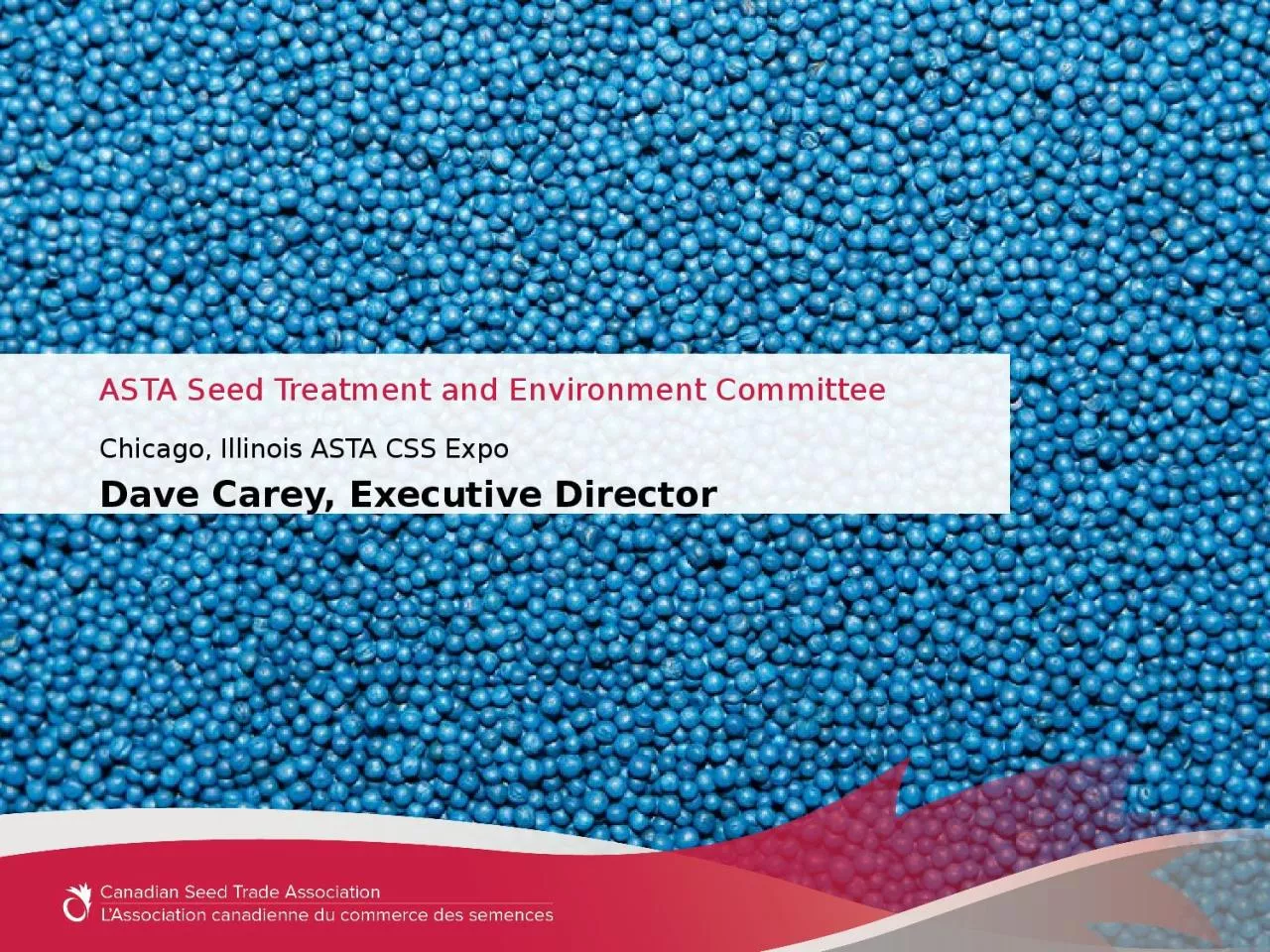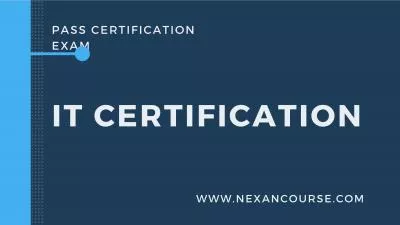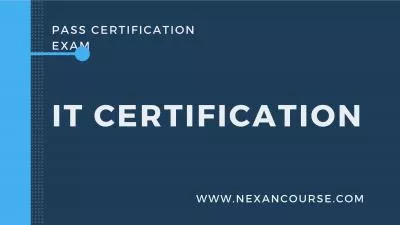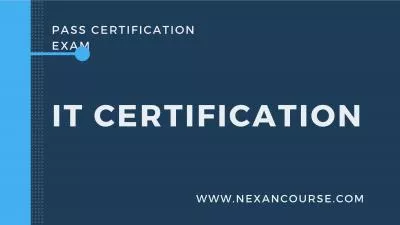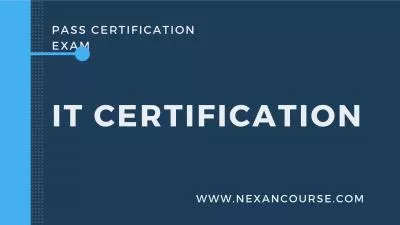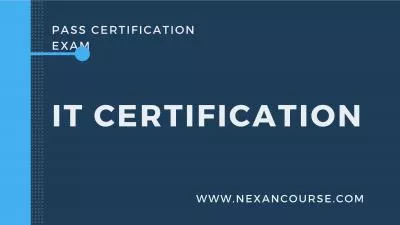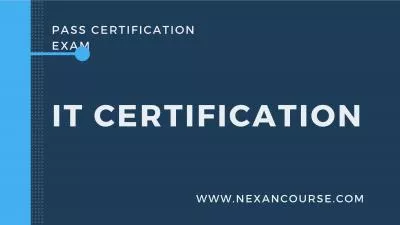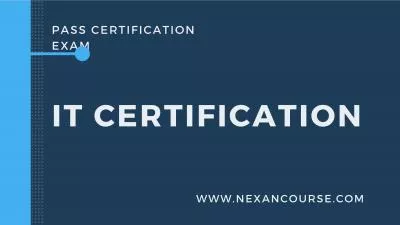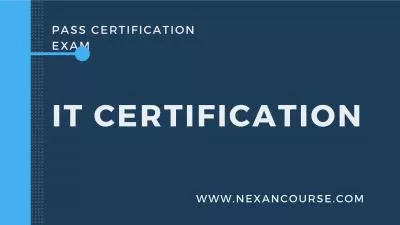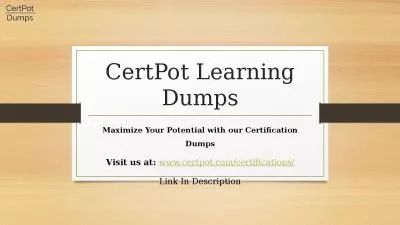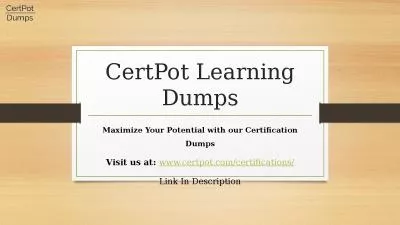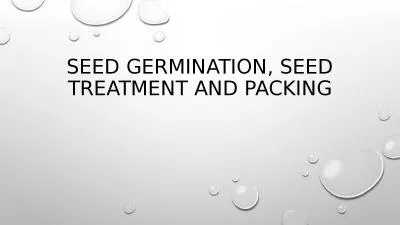PPT-ASTA Seed Treatment and Environment Committee
Author : quinn | Published Date : 2024-01-29
Chicago Illinois ASTA CSS Expo Dave Carey Executive Director Status of Seed Treatments in Canada Key Issues and Updates PMRA ReEvaluations Ontario Neonicotinoid
Presentation Embed Code
Download Presentation
Download Presentation The PPT/PDF document "ASTA Seed Treatment and Environment Comm..." is the property of its rightful owner. Permission is granted to download and print the materials on this website for personal, non-commercial use only, and to display it on your personal computer provided you do not modify the materials and that you retain all copyright notices contained in the materials. By downloading content from our website, you accept the terms of this agreement.
ASTA Seed Treatment and Environment Committee: Transcript
Download Rules Of Document
"ASTA Seed Treatment and Environment Committee"The content belongs to its owner. You may download and print it for personal use, without modification, and keep all copyright notices. By downloading, you agree to these terms.
Related Documents

